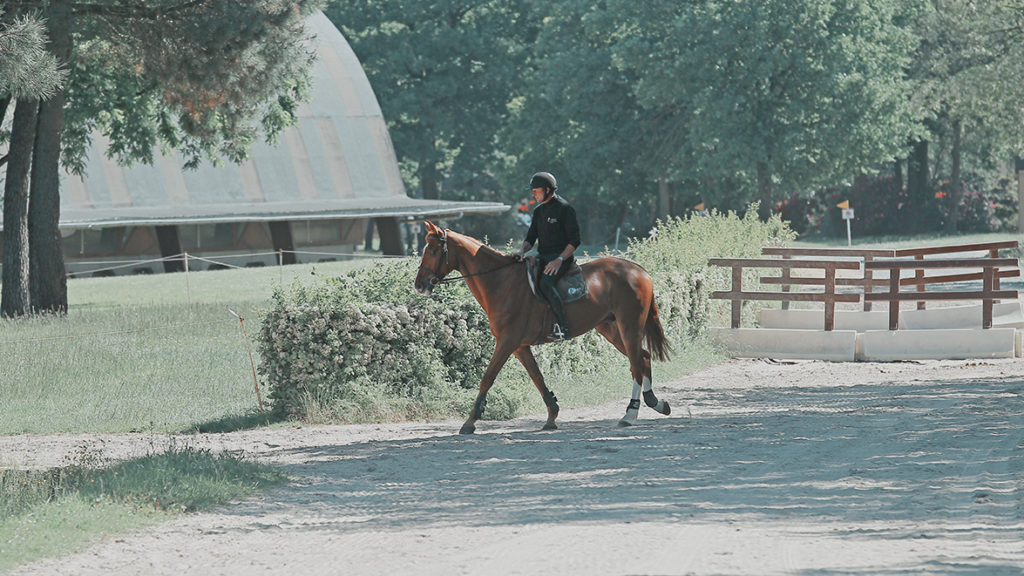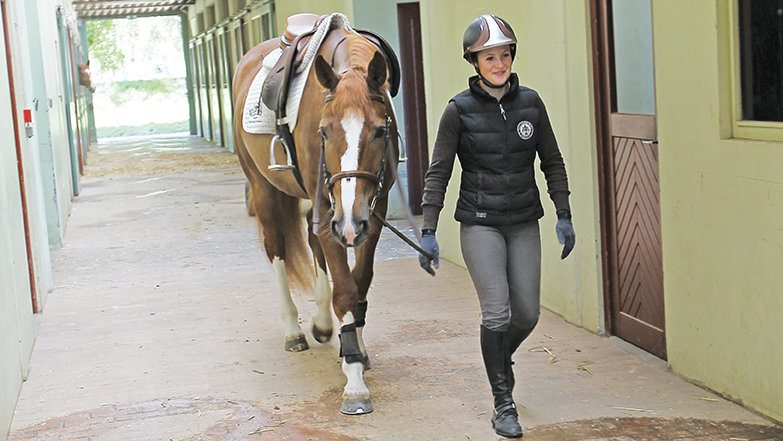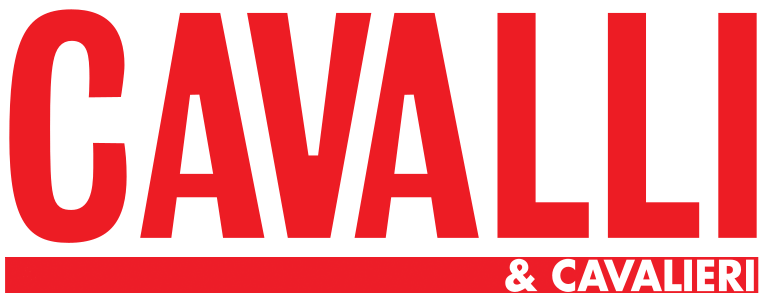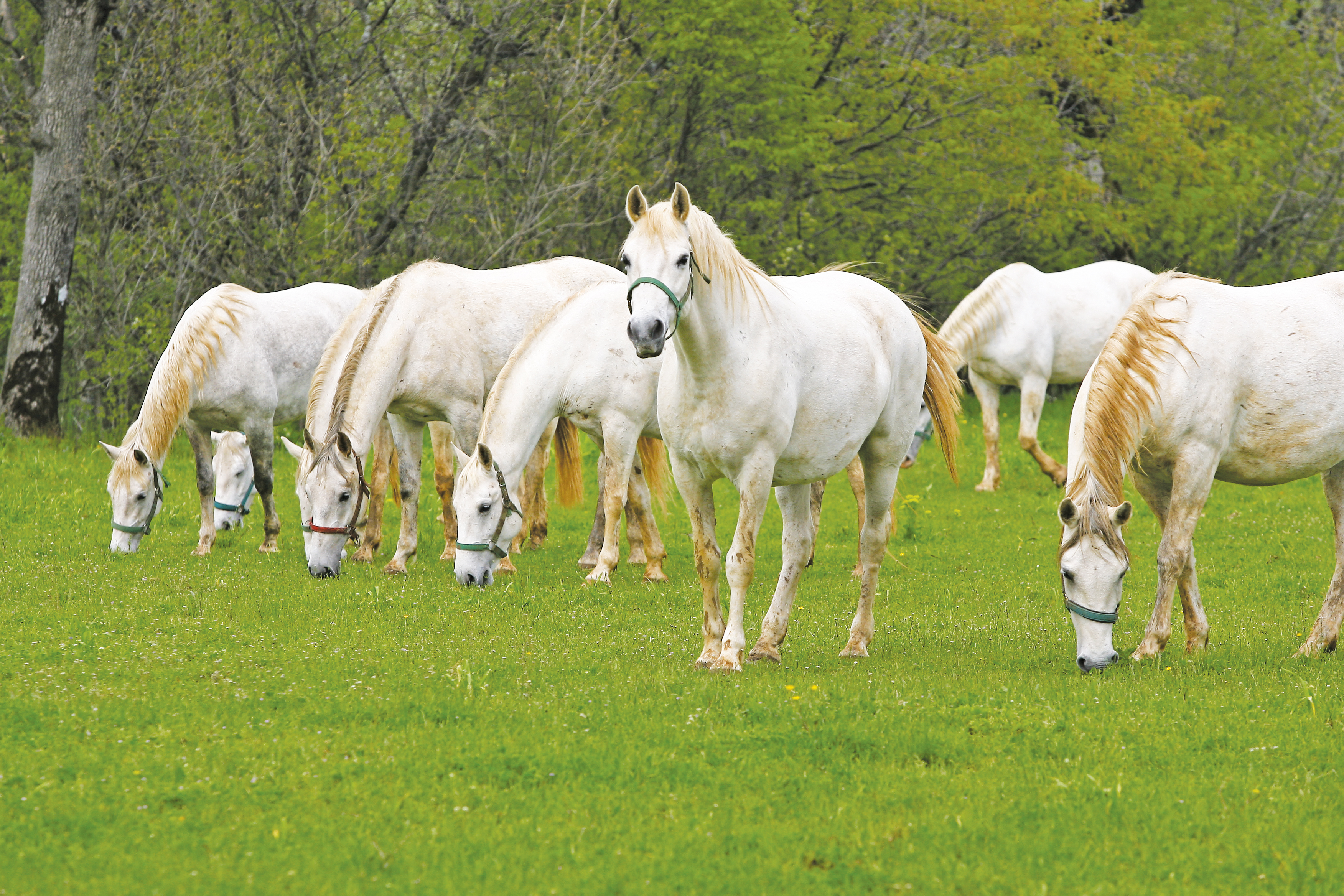A Green Pass for horses
The importance of vaccinations
The risk is high among horses that compete frequently, while it is lower for horses that rarely leave their yards. The risk, however, is never non-existent because the spreading of viruses does not occur only through direct contact with a sick horse but also through equipment, transport vehicles and also people who ‘act’ as real virus transporters.
The risk of catching these diseases remains very high when horses are often moved and/or taken to promiscuous locations (competitions, races, fairs, events or stud farms). It is for this reason that the OIE (World Organisation for Animal Health) carries out detailed monitoring of all infectious diseases affecting animals, including horses, so as to supervise the epidemiological situation and thereby avoid pandemics that are very dangerous for horses.
Equine Influenza
This virus causes frequent epidemics among horses. Racetracks and show jumping arenas all over the world are locations at which the virus can spread easily. This virus generally affects unvaccinated horses or those that were not vaccinated within the framework of time established by protocols. It is no coincidence that for this virus the FEI has applied what is now a consolidated protocol. In fact it is not only basic vaccination (two doses in between 21-92 days) that is important, but also respecting the timeline for booster shots. These so-called ‘boosters’ are essential for stimulating the immune system so that it will continue to be able to defeat the virus and that is why these shots must respect an established timeline. It is also necessary to remember that vaccinations cannot be given 7 days before arriving at a show and therefor one must plan vaccinations with one’s vet on dates that are compatible with the horse’s rest periods.
As we have learned from Covid vaccinations, we should by now all be aware that vaccines never provide 100% protection from diseases. Their correct administration to horses, however, is a biosecurity rule needed to reduce the viruses’ circulations as well as a serious form of this disease.
Equine Influenza is:
- – A pathology similar to human influenza with respiratory symptoms, a cough, a fever and overall fatigue.
- – An extremely contagious disease.
- – A devious virus that mutates frequently: On the basis of its monitoring, every year the OIE provides information concerning eventual updates of viral strains to be used for vaccination.

Equine Herpes Virus
The appearance of an extremely serious EHV outbreak during a show held in Valencia last February revived the attention paid to this disease. The virus spread to a very large number of horses and in addition to the cases in Spain there were reports of more positive horses in other countries too, including Italy, France, Germany and Belgium.
The virus that causes this disease belongs to the Herpesvirus family, hence the acronym EHV (Equine Herpes Virus). The strains that cause concerns are the EHV1 and EHV4. They spread very quickly due both to direct contact between subjects and also to the aerosol effect. In fact, droplets from sneezing and coughing can contaminate the environment as well as equipment, operators’ clothes and hands, thereby guaranteeing the spreading of the virus. This virus usually causes respiratory symptoms with coughing, sneezing, but also miscarriages in broodmares even in the last three months. There are however some strains of EHV1 that can cause a serious neurological form resulting in lack of coordination, weakness and an inability to remain standing. Sadly some horses affected by this strain have to be put down due to serious neurological damage that cannot be treated.
FAQs
How can I protect my horses from the spreading of contagious diseases?
- – Quarantine all horses arriving at the stables.
- – Regular visitors to the club must follow hygienic rules (clean clothes, shoes and hands).
- – When competing only use one’s own equipment (buckets, tack, grooming kit and feed).
- – Disinfect all equipment before returning home (including people’s clothes).
- – If a horse shows symptoms that may indicate the presence of the virus place it in isolation and call the vet immediately.
- – Vaccinate following the vet’s advice and vaccination schedules studied by pharmaceutical companies.
- – Stables hygiene and security are essential.

What happens when there is an epidemic like the EHV one experienced last year?
Unfortunately COVID has taught us that all viral diseases can be extremely dangerous and therefore monitoring measures must be applied also in the equestrian world. These include some of the measures adopted during last spring’s EHV epidemic:
- – Lock down: cancelling all sporting events, both National and FEI.
- – Quarantine potentially at-risk subjects (such as those returning from Valencia).
- – Trace cases on the territory (maps of positive cases and their isolation).
- – Testing to identify and trace those infected.
- – Vaccination.
Why should one vaccinate horses against EHV since the horse may fall ill in any case above all with the neurological form?
The vaccine is helpful in reducing the risk of infection for all horses. In fact it allows:
- – The minimisation of virus replication in the body; a vaccinated horse may contract the infection but its immune system is already trained to fight the virus especially in its respiratory form. In this way the horse usually doesn’t fall ill or if it does it is less serious. Some horses however may fall ill just as we have learned from COVID.
- – Reducing the risk of virus transmission (so-called shedding especially by horses that are positive but without symptoms).
- -Non-vaccination results in many horses falling ill and therefore increases the potential risk of development of the neurological form.
Read more by purchasing the January/ February issue






